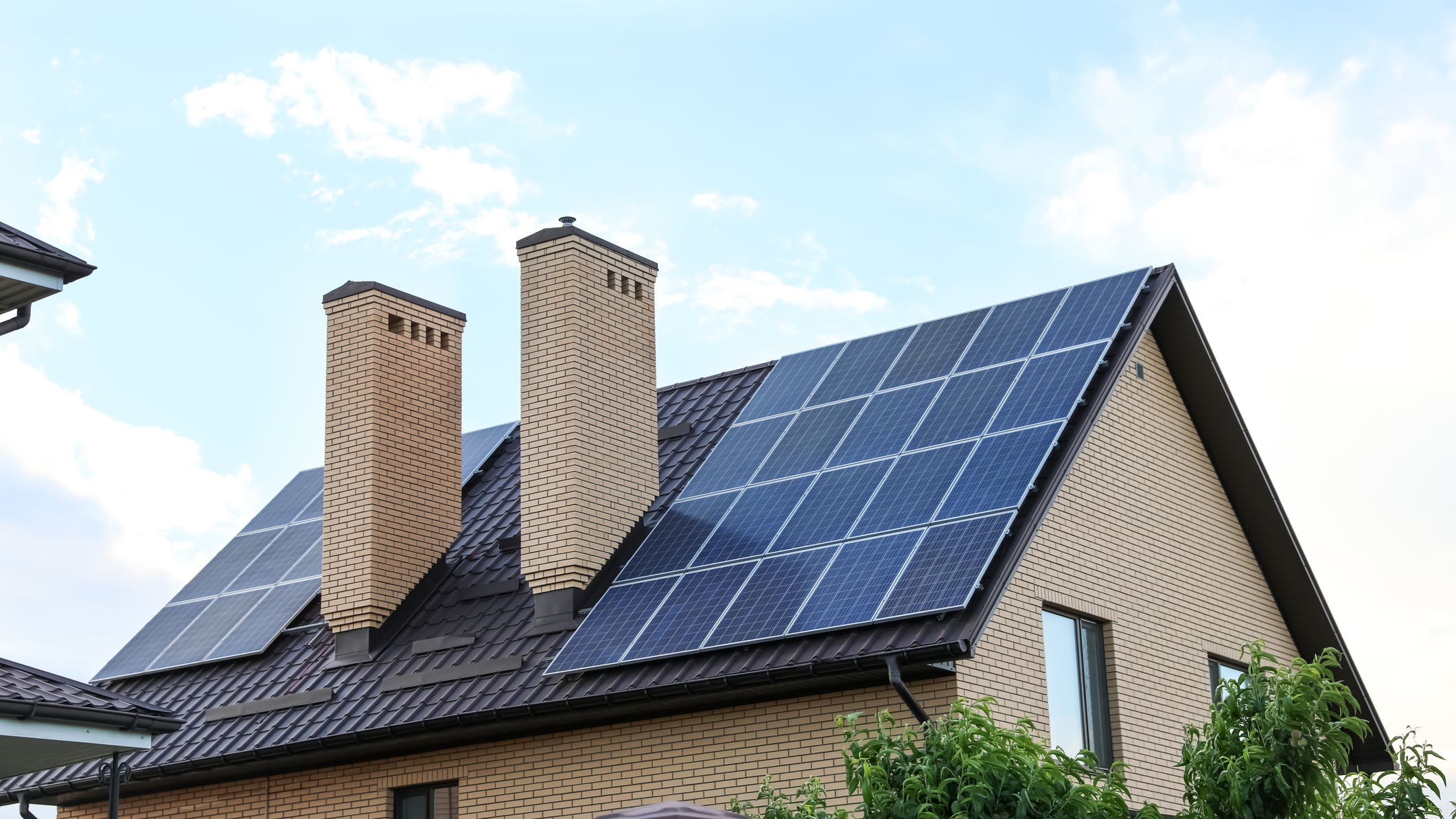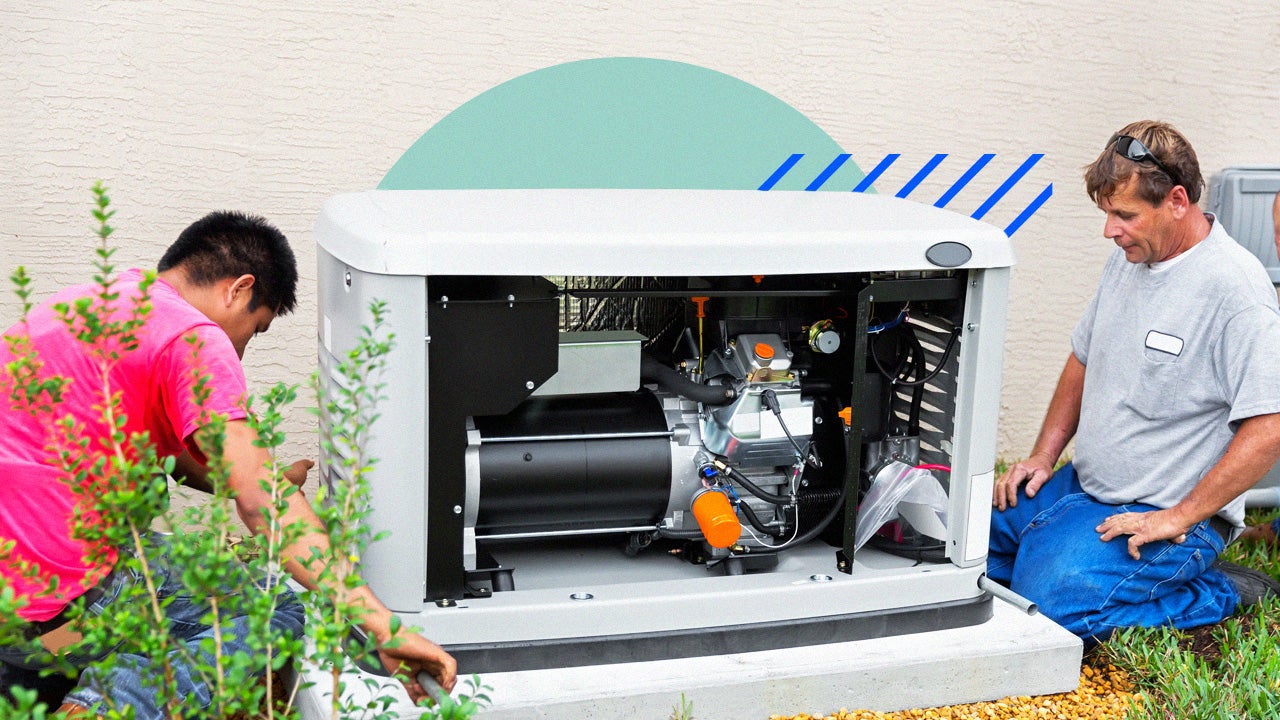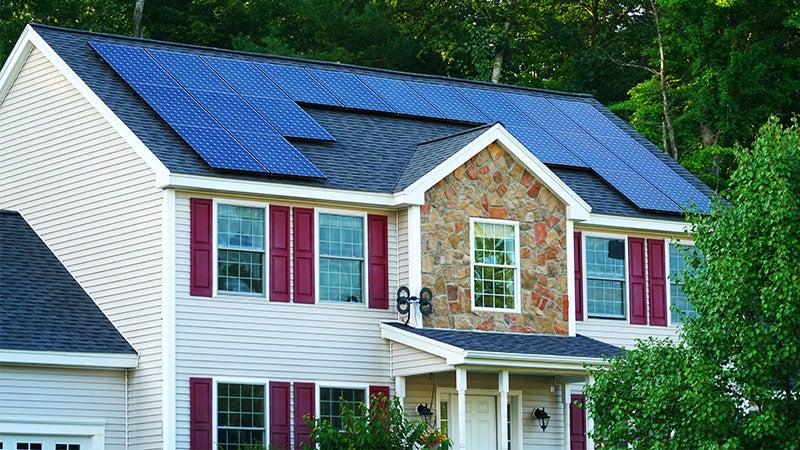Are Solar Panels Right for Your Home?

Whether you’re interested in saving money on utility bills, investing in green energy or increasing your home value, solar panels can be an excellent investment. Solar panels are expensive, averaging over $30,000 for a residential system. However, you could experience significant savings by powering your home with solar panels. The question of whether solar panels are worth the upfront cost is important to consider and the answer depends on several factors, including your energy usage. Solar could be a sound investment for some, but not worth the price for others.
In the last decade, residential solar has become increasingly popular and, depending on where you live, more affordable. In some states, like California, tax credits and incentives make investing in solar panels a feasible option for residents. Other states are slower to pass regulations encouraging solar, but high electricity prices are driving residents across the country to search for alternative energy options.
Can solar panels save you money?
Let’s uncover what you should know about home solar panel systems, including what the installation process is like, how long it might take, and the pros and cons of owning solar panels.
Components of a residential solar panel system
The average 8.6 kilowatt (kW) home solar panel array costs approximately $31,558, according to data from the Lawrence Berkeley National Laboratory. Tax credits, rebates and solar incentives can offset the total cost of solar panels.
While the solar panel modules are a portion of the cost, a solar system consists of several other pieces. As you research different brands, remember that better quality products normally come with a higher price tag. Solar systems can last 30 years or longer, so high-quality solar products will maximize your investment.
Solar panel modules
The average solar array contains between 15 and 25 solar panels, according to SaveOnEnergy. (SaveOnEnergy is also owned by Bankrate’s parent company, Red Ventures.) The number of solar panels you’ll need depends on how much electricity you use and if you want your system to completely cover your usage.
There are a few main types of solar panels: monocrystalline, polycrystalline and thin-film. Monocrystalline tends to the most expensive option, although it’s also the most efficient. Polycrystalline panels are normally more affordable but sacrifice efficiency. Thin-film panels are primarily used for commercial and industrial systems; they are more expensive but less efficient compared to the other options. On average, solar panel modules typically account for about 10 percent of the total cost of a solar system.
Inverter
Inverters are a necessary component to convert sunlight into the type of electricity that can power your home. There are a wide variety of solar inverters on the market ranging in price, efficiency ratings and warranty terms. Your solar installer may offer a few options when customizing your system. Generally, an inverter makes up about eight percent of the cost of a solar system.
Battery
Solar batteries aren’t a requirement for most home solar systems, but they are becoming more popular. With a battery installed, you can store extra solar power to use later, like during a power outage or at night. If you forgo a battery when you initially install solar panels, you can likely add battery storage later. Based on data from the National Renewable Energy Laboratory (NREL), the cost of a solar battery is around $16,007 before factoring in installation costs. Keep in mind, this is in addition to the average solar panel system cost of $31,558.
Mounting equipment
Mounting racks secure the panels to your roof at the necessary angle. They function as the support system for your entire system. Mounting equipment typically makes up approximately 13 percent of the cost of a solar system.
Soft costs
When thinking about solar panel costs, the largest bucket is soft costs, not the physical solar components. The Solar Energy Industries Association (SEIA) estimates soft costs equal a combined 65 percent of the total solar installation price. Soft costs include labor, permitting, inspections, marketing, profit and other factors which are baked into the total price.
Home solar panel installation process
Before signing a contract with a solar installer, you should ask about the timeline and installation process. The process will vary by installer, but the following is a general breakdown of what you can expect:
- Consultation: Most solar installers (although not all) offer free consultations, either in person or over the phone. During this time, you’ll discuss your energy bill history, your priorities and solar products that could work for you. You may receive an initial cost estimate during this consultation.
- Home visit: A representative from the installation company will visit your home in person and confirm your roof is in good condition for solar panels. If your roof is in need of maintenance, repairs or replacement, you’ll need to handle that before installation can proceed. You may also need to upgrade your electrical panel before installation, especially if you live in an older home.
- Final system proposal: You’ll receive a final proposal for your system, including an outline of the size, components and final price. If you’re ready to move forward, you can sign the contract.
- Permitting: Before installation can begin, there are a few required permits and applications that need to be filed. Most installation companies handle the permitting process for their customers, although you should confirm this with your installer. The permitting process is sometimes the longest step in the installation journey and can take several weeks.
- Solar panel installation: Your solar installer will connect the wiring, racking and mounting equipment to your roof before installing the solar panel modules and other components. The amount of time it takes to install the system will depend on the installer. In general, this typically takes less than a week.
- Request permission to operate: After installation is complete, your local government or utility company will inspect the system to confirm everything is up to code. If everything is approved, you can apply for permission to operate (PTO). Your solar installer may handle the application process for you. Once you’re granted PTO, your system will connect to the power grid and begin generating electricity.
Benefits of home solar panels
Solar panels are a big investment. Depending on your energy usage and financial circumstances, the advantages of solar may outweigh the initial price.
Home value increase
Installing solar panels may increase the value of your home. In 2016, the Department of Energy estimated home buyers were willing to pay an additional $15,000 for a home with a solar system installed. A more recent 2019 study by Zillow found that homes with solar panels sold for 4.1 percent more. Ask your local realtor how much solar can increase your home value.
Long-term energy bill savings
If you invest in a solar panel system that powers your entire home, you might be able to eliminate most of your electricity bills. If you keep your system connected to the power grid, you’ll still incur utility interconnection fees each month.
Solar panels have a typical lifespan of between 25 and 30 years, although a well-maintained system can last even longer. Data from the Energy Information Administration (EIA) shows the average price for every kilowatt-hour of energy in 2022 was 15.12 cents and the typical household used 886 kWh per month. These averages show the typical monthly U.S. residential energy bill in 2022 was $134, or $1,608 for the year. Using this estimate, you could save approximately $48,000 over the course of 30 years with solar panels.
Shorter solar payback period
The cost to install solar panels has decreased by more than 40 percent in the last 10 years, according to the SEIA. In addition, there are a rising number of solar incentives at the federal, state and local levels that make solar panels more affordable for residents. The most notable incentive is the federal Residential Clean Energy Credit, which offers a 30 percent tax credit to residents who purchase solar panels. The time it takes to experience a return on investment is shorter now than it has been in the past thanks to more available savings.
Drawbacks of home solar panels
Despite the advantages, solar panels aren’t the best choice for everyone. There are some important drawbacks to consider before purchasing solar panels.
Hidden costs
Quotes from solar installers will include details of components and soft costs, but there are some factors that won’t be included. Additional repairs and updates, such as roof replacements or electrical upgrades can increase the full amount you pay. Roof replacements typically cost somewhere between $5,755 and $12,498. Solar panels can also impact your property taxes or insurance coverage. Many states exempt solar panesl from property taxes. Check with your installer to learn how it may impact your bottom line.
Solar panels don’t travel well
If you move to a new home, you likely won’t take your solar panels with you. The cost to uninstall, transport and reinstall a system will wind up exceeding the cost to purchase another system at your new home. Consider how long you plan to live in your home to ensure you recoup your initial investment.
Maintenance costs
Over time, solar systems may require maintenance to keep them running smoothly. Significant issues or damage to your system should be covered under a warranty, but routine maintenance or cleaning will likely fall to the owner. If you sign a solar lease or power purchase agreement (PPA), the solar installer maintains ownership of the system and will be responsible for maintenance. However, if you purchase the system, you may incur some maintenance costs over time.
Home solar panel FAQs






